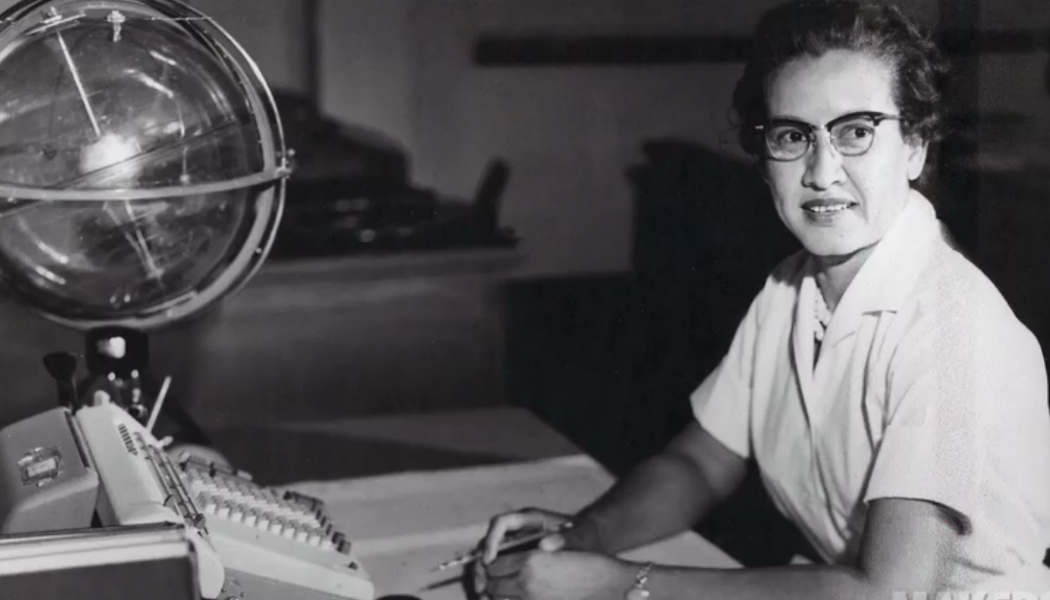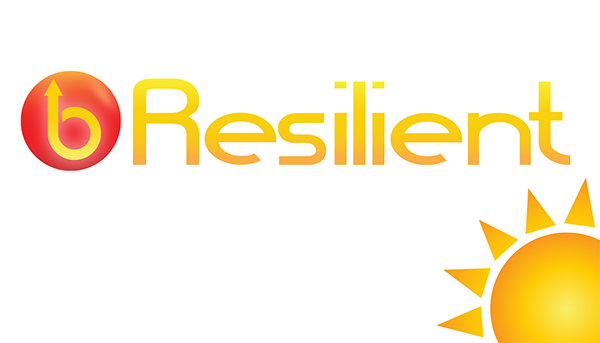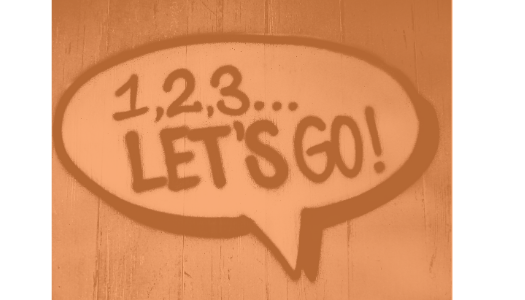
Melissa McNally
I was saddened to hear of the passing earlier this year of Katherine Johnson, NASA mathematician, whose calculations aided many critical space missions. She was an accomplished, bright African American woman who overcame many obstacles on the path toward equality. Katherine’s story is told in the book and movie Hidden Figures. Her legacy reminded me of the importance of mentors in our classrooms.
A mentor is generally defined as a close, trusted counselor or guide, and students can develop relationships with mentors to help guide them in particular areas of expertise. Connecting students to expert mentors gives them the opportunity to see how a mentor can help them achieve great things. We tend to think of mentoring as happening face-to-face, but there are additional ways to use mentoring effectively. Let’s consider the following options:
Introduce students to a mentor through literature. For example, a student might identify with a character in a book who becomes a role model for them. As a teacher of gifted students, I look to add books to our library with characters who display gifted characteristics, such as the Max Einstein series by James Patterson and Chris Grabenstein. I love the book Because, by Mo Willems, which tells of the positive effects mentors can have on the lives of others. After listening to this story, it would be fun for students to create their own cause-and-effect story about how a mentor inspired them.
Another option is to use a mentor text to showcase the talents of an author or character. Students and teachers can go back into the text to study and learn from an author for many purposes. This process allows students to see the craft of literature and writing through the lens of an expert mentor. Regardless of the skill level of the students, they can take away something they’ve learned from that mentor and begin using it in their own work.
When choosing mentors for students, it’s important to introduce a diverse group. Find women who excel in mathematics and science. Find mentors who embody diversity in race and gender. It’s important for students to see themselves and identify with mentors in order to make text-to-self connections and reflect on their lived experiences. Diverse mentors can help break down barriers and motivate students to achieve.
Mentors pave the way for future leaders, creators, and learners. Using identifiable characters, exemplary text, and the lives of some incredible people can help students reach milestones and be inspired to reach further. Because of Katherine Johnson, many have reached into the beyond. Inspire your students with the best.
News From The Daily CAFE
Timely Teaching Tips
Getting Started with . . . Tune in to Interesting Words









